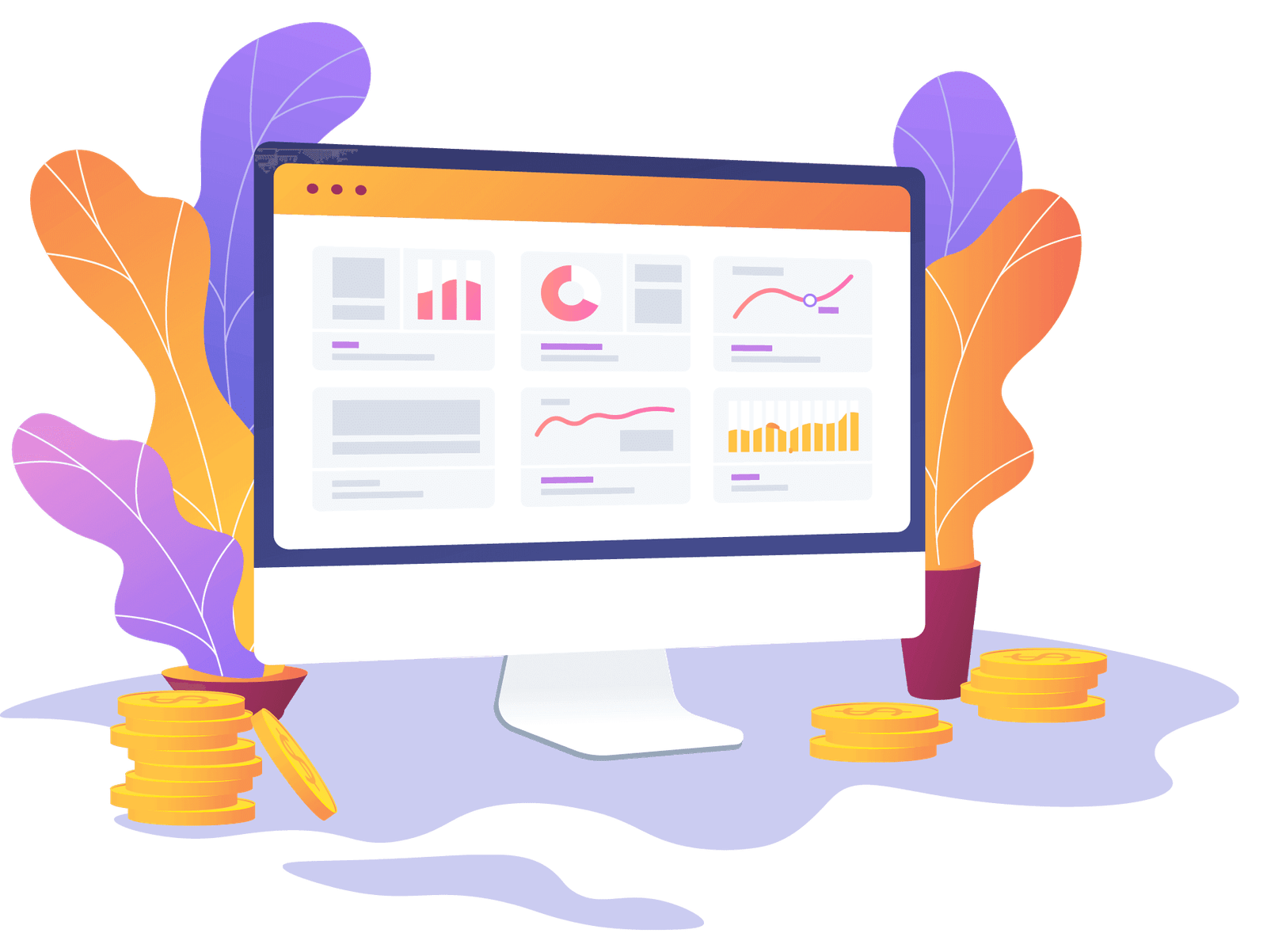Simulating Business Systems for Smarter Strategy
Our models test scenarios, reveal bottlenecks, and surface hidden risks. By mapping interdependencies, we guide informed, data-driven decisions.
We use causal-loop diagrams and stock-flow modeling to map how decisions ripple through your organization. This approach helps reduce risk, cut inefficiencies, and accelerate initiatives, creating an agile, confident organization ready for market changes.

How System Dynamics Supports Your Decisions
Causal Modeling
Map cause-effect relationships across your organization.
Scenario Testing
Simulate strategies to foresee outcomes.
Capacity Planning
Optimize resources and prevent bottlenecks.
Policy Simulation
Test rules to minimize costly errors.






How System Dynamics Supports Your Decisions
Causal Modeling
Map cause-effect relationships across your organization.
Scenario Testing
Simulate strategies to foresee outcomes.
Capacity Planning
Optimize resources and prevent bottlenecks.
Policy Simulation
Test rules to minimize costly errors.
System Dynamics That Outperforms Standard Planning
fewer costly mistakes
predictive insight reliability
optimized resource use.
Strategic Scenario Design
Thinking Framework
Understanding the ripple effects of every strategic choice
We apply systems thinking to reveal interdependencies that traditional planning overlooks, ensuring decisions reinforce long-term growth.
- Visualize system-wide cause–effect dynamics
- Identify leverage points for higher impact
- Strengthen alignment between teams and outcomes


Predictive Decision Modeling
Transforming uncertainty into measurable strategic confidence
Our models translate complex systems into clear forecasts that inform smarter, faster, and more reliable decision-making.
- Simulate multiple strategic pathways
- Quantify trade-offs and performance limits
- Evaluate decisions before costly execution
Continuous Optimization Cycle
Refining models and strategies through real-world data feedback
We continuously calibrate simulations with live operational data, keeping strategies relevant, adaptive, and risk-aware.
- Integrate ongoing data into models
- Adjust assumptions as markets evolve
- Ensure long-term agility and resilience


Frequently Asked Questions
System Dynamics Analysis
Scaling isn’t just about speed, it’s about understanding cause and effect. Here’s where founders replace guesswork with insight.
It’s a simulation method that predicts how your growth, resources, and strategy interact over time.
Analytics explains the past, system dynamics forecasts outcomes and reveals the forces shaping them.
No, early startups benefit most by seeing how small decisions ripple across the system.
You’ll start seeing actionable insights in as little as two to four weeks.
It refines hiring pace, pricing, and rollout timing, turning uncertainty into strategic precision.


